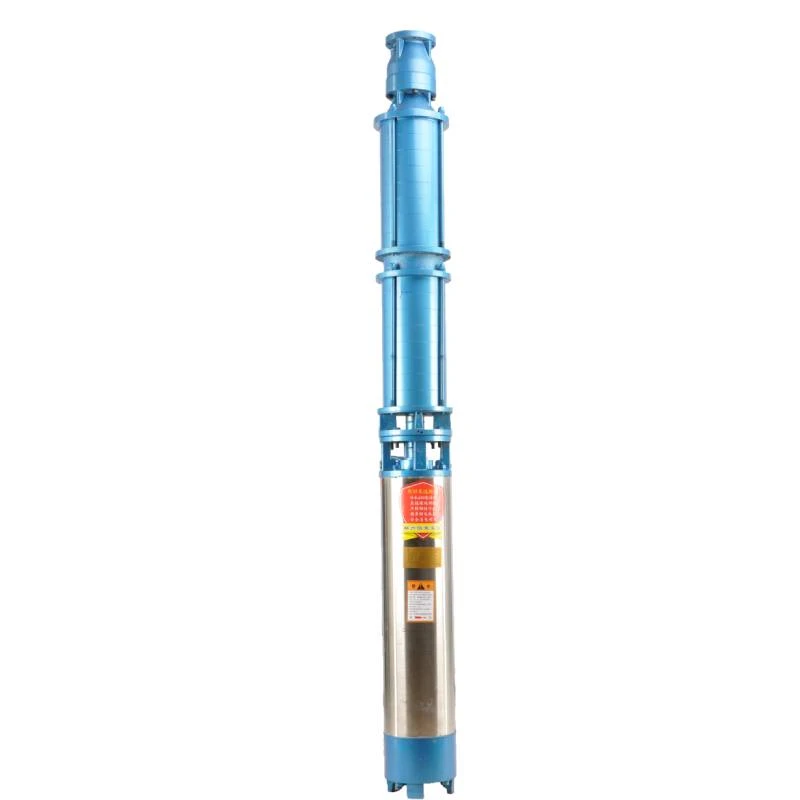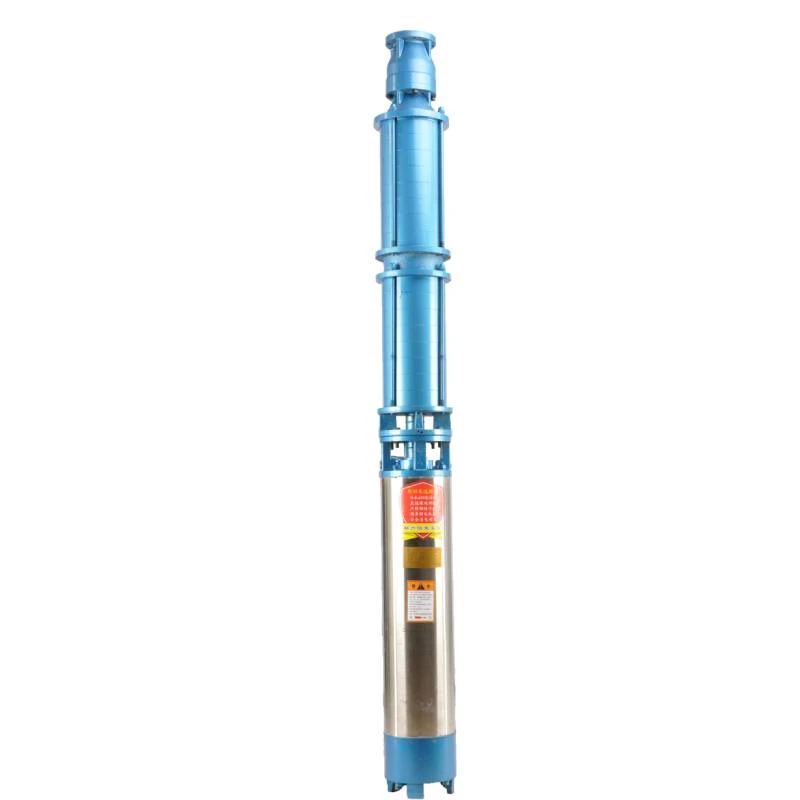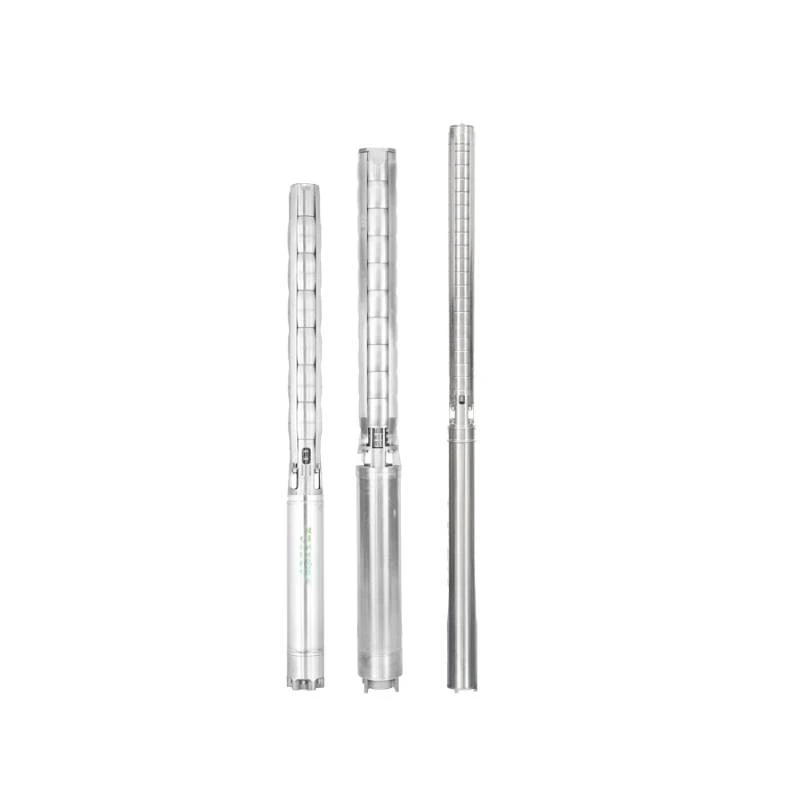Sep . 24, 2024 18:55 Back to list
Choosing the Right Submersible Pump for Your Swimming Pool Needs
Submersible Pumps for Pools A Comprehensive Guide
When it comes to maintaining a clean and perfectly functioning swimming pool, the choice of equipment is paramount. Among the various tools available, submersible pumps play a critical role in pool management, providing efficient solutions for drainage, filtration, and circulation. This article explores the features, benefits, and considerations of submersible pumps designed specifically for pools.
What is a Submersible Pump?
A submersible pump is a device designed to be submerged in water. Shaped like a cylindrical canister, it operates by pushing water to the surface through a discharge pipe. The pump is sealed to prevent leakage and is typically equipped with an electric motor that powers the impeller, which moves the water.
Why Use a Submersible Pump for Your Pool?
1. Effective Water Removal During rainstorms or after a pool party, water can accumulate, necessitating efficient drainage. Submersible pumps effectively remove excess water, keeping the pool area safe and tidy.
2. Versatility These pumps are not limited to just draining. They can also assist in maintaining optimal water levels, which is crucial for pool equipment longevity and effective filtration.
3. Easy to Use Most submersible pumps are designed for user-friendliness. They come with float switches that automatically turn the pump on and off, allowing for unattended operation.
submersible pump for pool

Choosing the Right Submersible Pump
When selecting a submersible pump for your pool, it’s essential to consider a few key factors
1. Pump Capacity Consider the volume of water that needs to be moved. Pumps are rated by their flow rate, usually measured in gallons per minute (GPM). Choose a pump that can handle your pool's capacity efficiently.
2. Motor Power The motor power, usually measured in horsepower (HP), affects the pump's performance. A more powerful motor can handle viscous fluids and larger debris, making it ideal for more extensive and dirtier tasks.
3. Durability Look for pumps made from corrosion-resistant materials, especially if they will be submerged for long periods. Stainless steel and thermoplastic are typically good options.
4. Portability Depending on your needs, consider whether you want a lightweight pump that can be easily moved or a more permanent installation.
5. Filtration Needs If you aim to use the pump for filtration, ensure that it is compatible with your existing pool system and can handle the required flow rates.
Conclusion
Submersible pumps are indispensable tools for pool maintenance. They not only facilitate effective water management but also enhance the pool's overall efficiency and cleanliness. By understanding the features and benefits of submersible pumps, alongside the essential factors to consider before purchase, pool owners can ensure their swimming experience remains enjoyable and trouble-free. Investing in the right pump means spending less time on maintenance and more time enjoying the crystal-clear water.
-
 Water Filled Submersible PumpA water filled submersible pump is engineered for optimal cooling, eco-friendliness, and high efficiency, especially in applications involving clean or slightly sandy water.Detail
Water Filled Submersible PumpA water filled submersible pump is engineered for optimal cooling, eco-friendliness, and high efficiency, especially in applications involving clean or slightly sandy water.Detail -
 The Ultimate Solution for CleanWhen it comes to efficient water delivery from underground or submerged sources, a submersible pump stands as the go-to solution for homes, farms, ponds, and industrial sites.Detail
The Ultimate Solution for CleanWhen it comes to efficient water delivery from underground or submerged sources, a submersible pump stands as the go-to solution for homes, farms, ponds, and industrial sites.Detail -
 SS Submersible PumpA ss submersible pump (short for stainless steel submersible pump) is the premium choice for environments that demand durability, corrosion resistance, and long-term performance.Detail
SS Submersible PumpA ss submersible pump (short for stainless steel submersible pump) is the premium choice for environments that demand durability, corrosion resistance, and long-term performance.Detail
